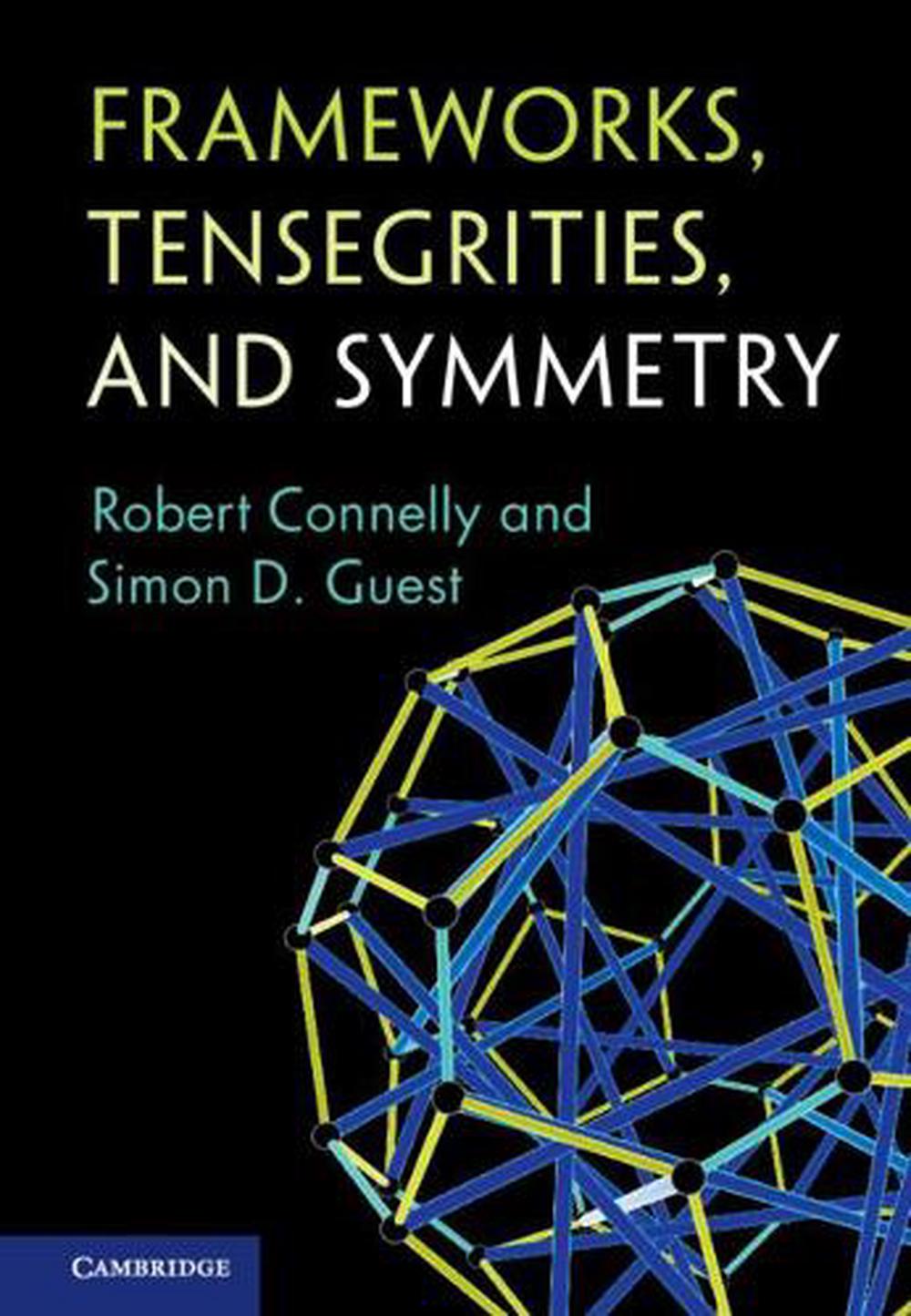
Frameworks, Tensegrities, and Symmetry
$211.83
- Hardcover
350 pages
- Release Date
27 January 2022
Summary
Rigid Structures: Geometry, Symmetry, and Tensegrities
This book provides an accessible introduction to the theory of rigid structures, explaining how to analyze the performance of both built and natural structures under load, with a focus on the role of geometry.
The text bridges the gap between engineering and mathematical literature by exploring various notions of rigidity – local, global, and universal – and their interrelationships. Important results are presented forma…
Book Details
| ISBN-13: | 9780521879101 |
|---|---|
| ISBN-10: | 0521879108 |
| Author: | Robert Connelly, Simon D. Guest |
| Publisher: | Cambridge University Press |
| Imprint: | Cambridge University Press |
| Format: | Hardcover |
| Number of Pages: | 350 |
| Release Date: | 27 January 2022 |
| Weight: | 690g |
| Dimensions: | 250mm x 174mm x 19mm |
You Can Find This Book In
What They're Saying
Critics Review
‘Rigidity theory mathematicians and structural engineers are like two branches of a tribe that separated long ago. In the intervening time, the language and knowledge of each group has evolved to where concepts no longer align and common terms no longer have common meanings. As a result, when they interact today, confusion reigns. Frameworks, Tensegrities and Symmetry is a guide that both groups can use to understand the other.’ William F. Baker, Skidmore, Owings & Merrill‘The authors promise ‘an attempt to build a bridge between two cultures’ and they have done a remarkable job of this unenviable task. Requiring only a minimum of mathematical and engineering prerequisites the book develops intuitively, and rigorously, the rigidity theory of both bar frameworks and tensegrity frameworks and applies this theory to analyse built structures. Two masters of the field have carefully designed the book to move seamlessly between the analysis and synthesis of specific structures and providing the general, generic and symmetric theories.’ Anthony Nixon, Lancaster University‘This excellent book unifies the engineering and mathematical literature by exploring different notions of rigidity - local, global and universal - and how they are interrelated. A lot of revealing examples accompany the mathematically precise description, hence the book can be recommended to researchers and students of mathematics, structural engineering, physics and computer science alike.’ Andras Recski, Mathematical Reviews
About The Author
Robert Connelly
Robert Connelly is professor of mathematics at Cornell University and a pioneer in the study of tensegrities. His research focuses on discrete geometry, computational geometry, and the rigidity of discrete structures and its relations to flexible surfaces, asteroid shapes, opening rulers, granular materials, and tensegrities. In 2012 he was elected a fellow of the American Mathematical Society.
Simon D. Guest is Professor of Structural Mechanics in the Structures Group of the Department of Engineering at the University of Cambridge, and Head of the Civil Engineering Division. His research straddles the border between traditional structural mechanics and the study of mechanisms, and includes work on ‘morphing’ and ‘deployable’ structures.
Returns
This item is eligible for free returns within 30 days of delivery. See our returns policy for further details.




